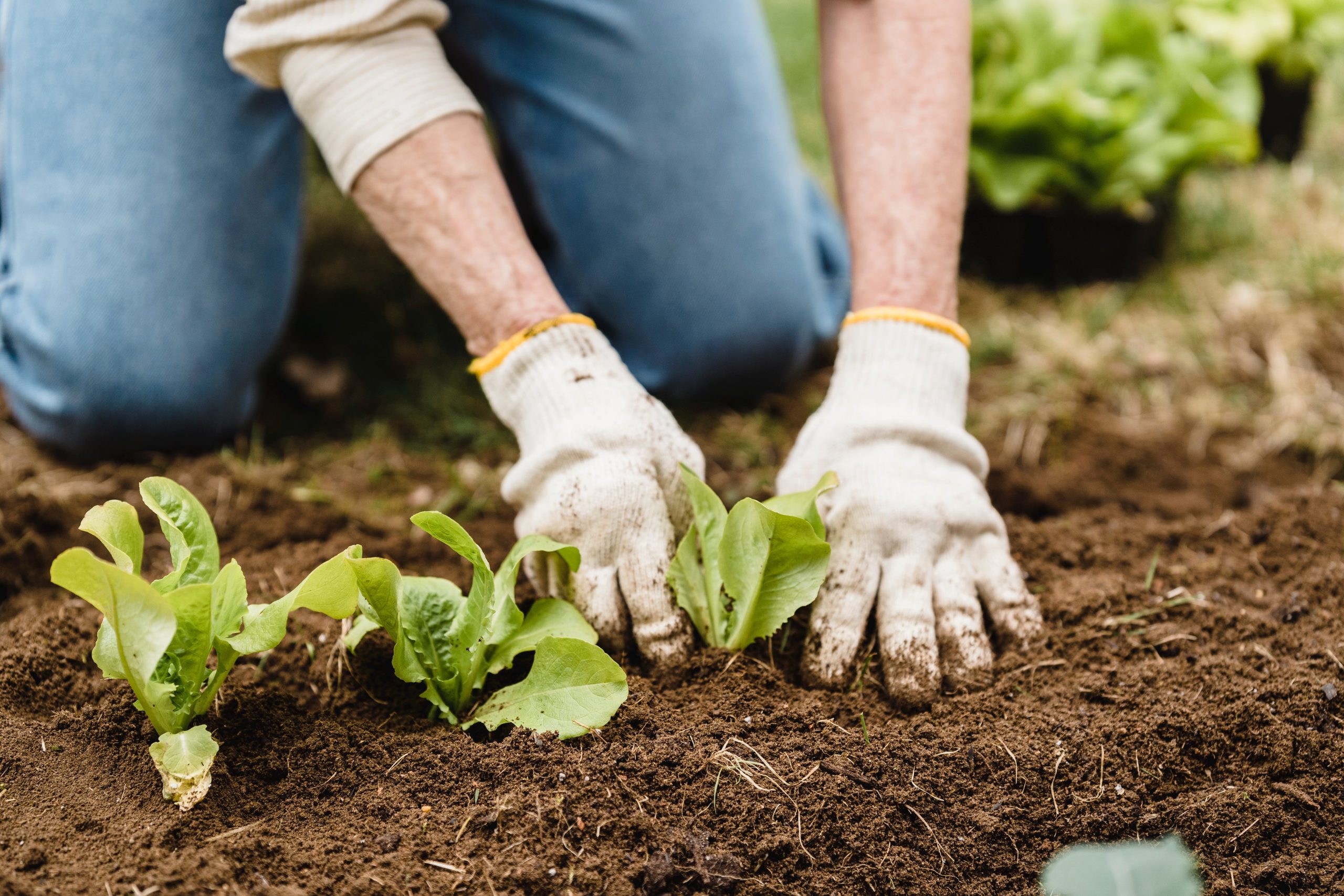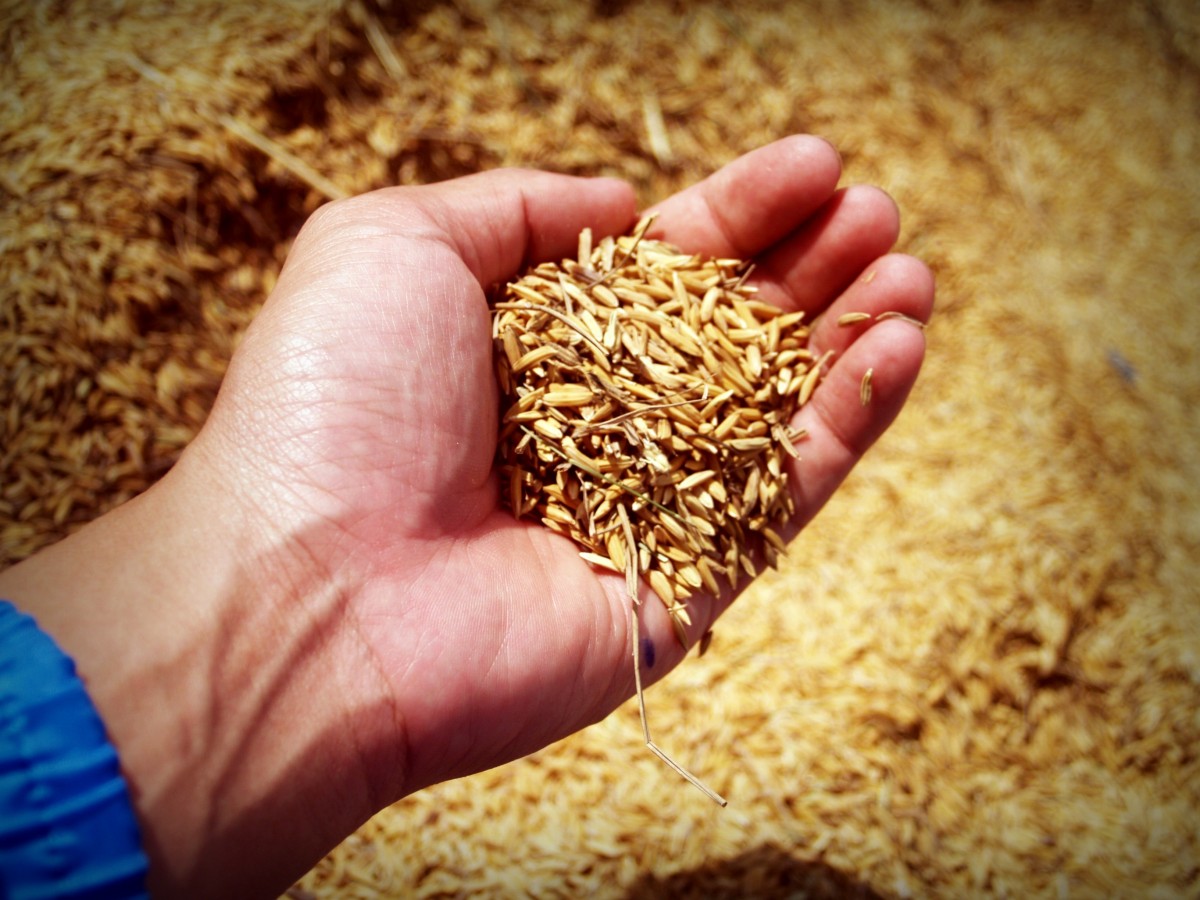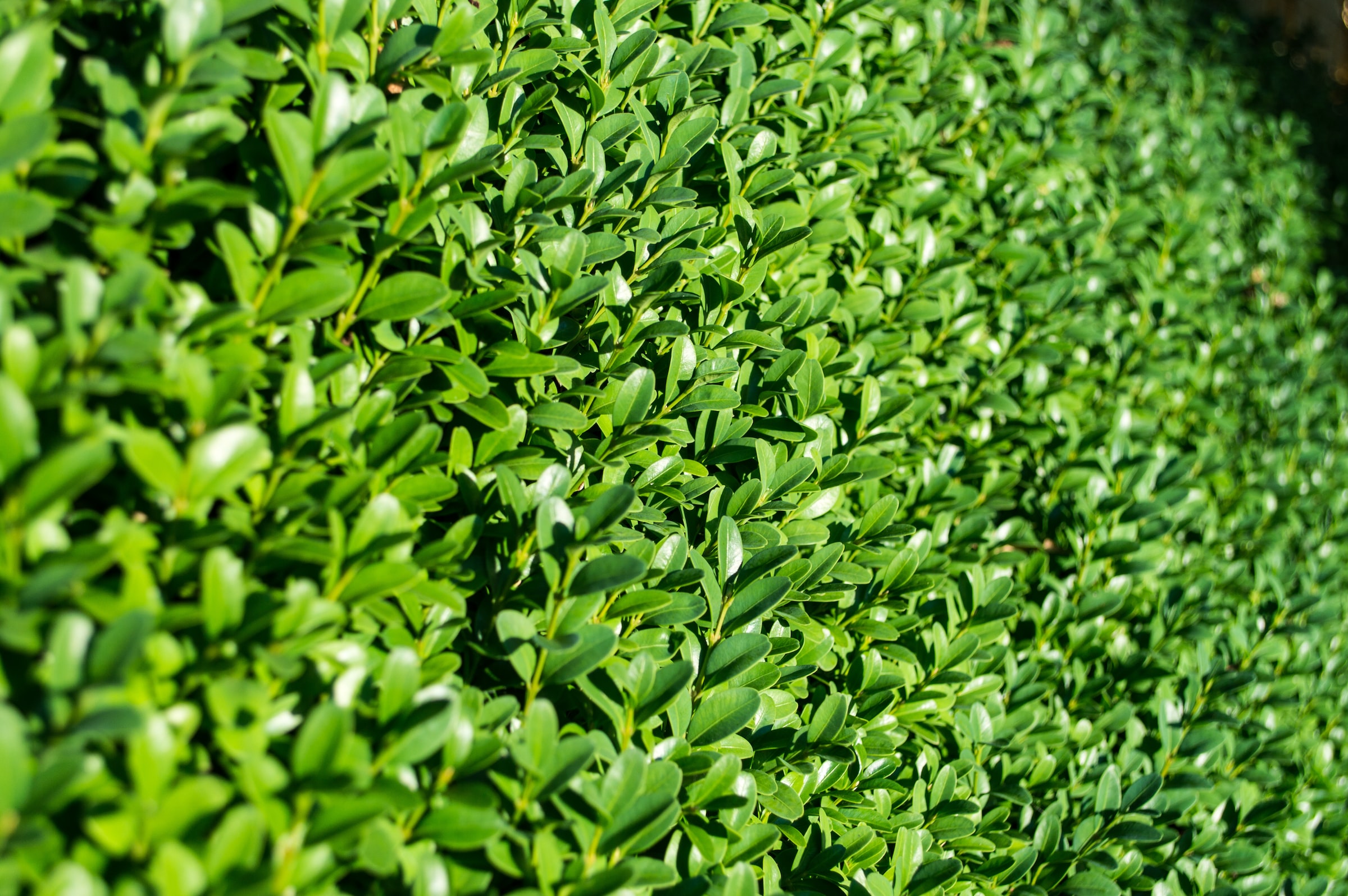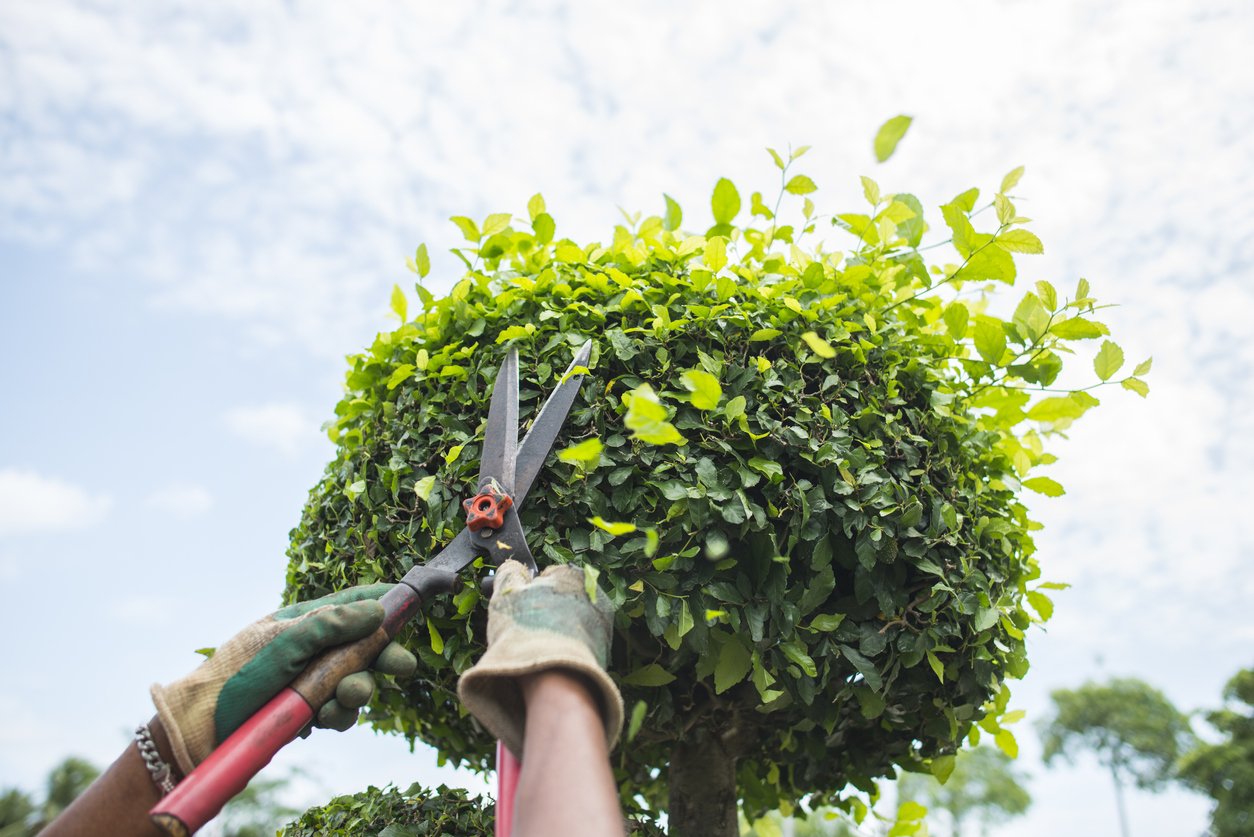Broadcast seeding, a traditional method cherished by garden enthusiasts, is about evenly scattering seeds over a large area. This technique, ideal for establishing a lush lawn, vibrant wildflower garden, or vegetable patch, requires skill, timing, and a bit of know-how. As we delve into the Canadian gardening scene, let’s explore how to master broadcast seeding, ensuring your outdoor space transforms into a thriving, green haven.
Preparing Your Canvas
Assessing Your Soil
Before you even think about scattering those seeds, take a good, hard look at your soil. The success of your garden starts from the ground up. Loosen compact soil with a rake or tiller and enrich poor soil with compost or well-rotted manure. Achieving a loose, crumbly texture not only makes it easier for seeds to take root but also improves drainage and nutrient availability.
Choosing the Right Time
Timing is everything in gardening, eh? For most regions in Canada, the best time to broadcast seeds is either in the spring or early fall. These seasons offer the moderate temperatures and moisture levels that seeds need to germinate and establish. However, always check the specific needs of the plants you’re sowing. Some, like wildflowers, prefer an autumn sowing to chill over the winter and sprout in spring.
The Art of Broadcasting Seeds
Mixing for Even Distribution
One of the tricks to ensure an even distribution of seeds is to mix them with a carrier like sand or fine compost. This not only bulks up your seeds, making them easier to spread but also helps you see where you’ve sown. Aim for a ratio of one part seed to ten parts carrier.
The Technique
Stand with your feet shoulder-width apart, grab a handful of your seed mixture, and use a sweeping motion to scatter it across the soil. Practice makes perfect, and developing a consistent rhythm will help achieve an even coverage. Don’t forget the edges and corners of your garden plot!
Gentle on the Soil
After sowing, lightly rake the area to cover the seeds with a thin layer of soil. This step is crucial for protecting seeds from birds and ensuring they have good contact with the soil. However, be gentle; you want to avoid burying the seeds too deep, which can hinder germination.
Water Wisely
The Key to Germination
Seeds need consistent moisture to germinate, so water your newly seeded area with a gentle spray. The goal is to keep the soil moist but not waterlogged. Overwatering can wash away or bury seeds too deeply, while under-watering can halt germination. It’s a delicate balance, but keeping an eye on the weather and adjusting your watering accordingly will set you up for success.
Nurturing Your Seedlings
Thinning Out

As seedlings begin to sprout, you may need to thin them out. This process involves removing some plants to allow enough space for the others to grow healthy and strong. It might seem counterproductive, but it prevents overcrowding and competition for nutrients, water, and sunlight.
Ongoing Care
Continue to water your garden regularly, especially during dry spells, and start introducing a balanced fertilizer once seedlings have established. As your plants grow, keep an eye out for pests and diseases. Early detection and treatment can prevent minor issues from becoming major problems.
Celebrating Your Green Space
As you watch your garden transform from a bare patch of earth to a lush, vibrant landscape, take a moment to appreciate the effort and love you’ve put into it. Broadcast seeding is more than just a gardening technique; it’s a way to connect with the land, foster growth, and contribute to the ecosystem.
A Flourishing Future
With patience, care, and a bit of Canadian grit, your broadcast-seeded garden will flourish. Whether you’re admiring a sea of wildflowers, harvesting fresh veggies, or enjoying the lushness of a new lawn, the rewards of your labour are undeniable. Remember, gardening is a journey, not a destination. Each season brings new lessons, challenges, and joys.
Happy gardening, fellow green thumbs! May your gardens grow wild and your hearts be content in the beauty of nature you’ve helped cultivate.



